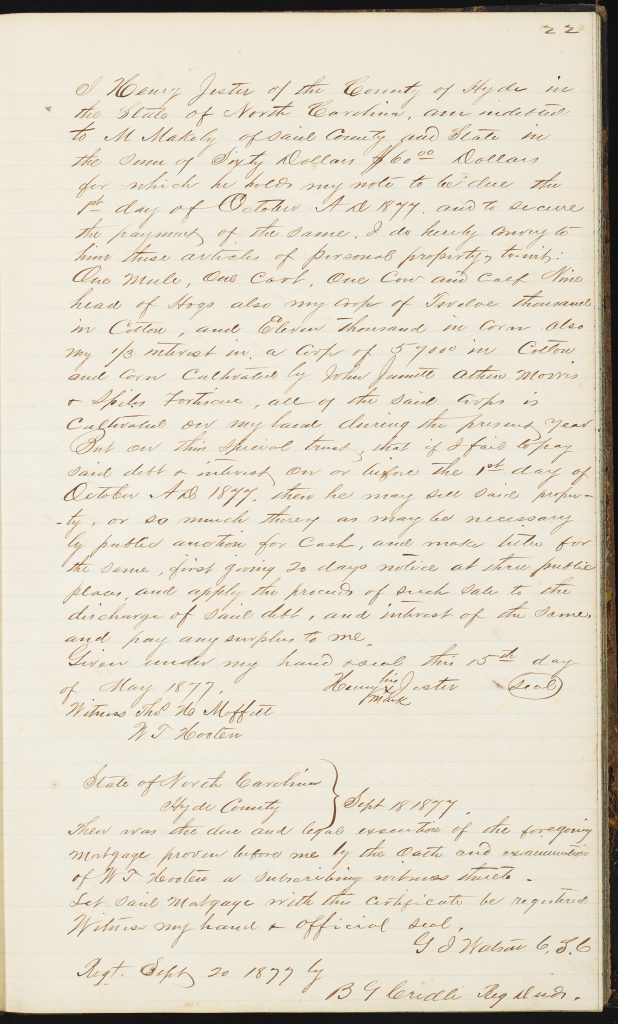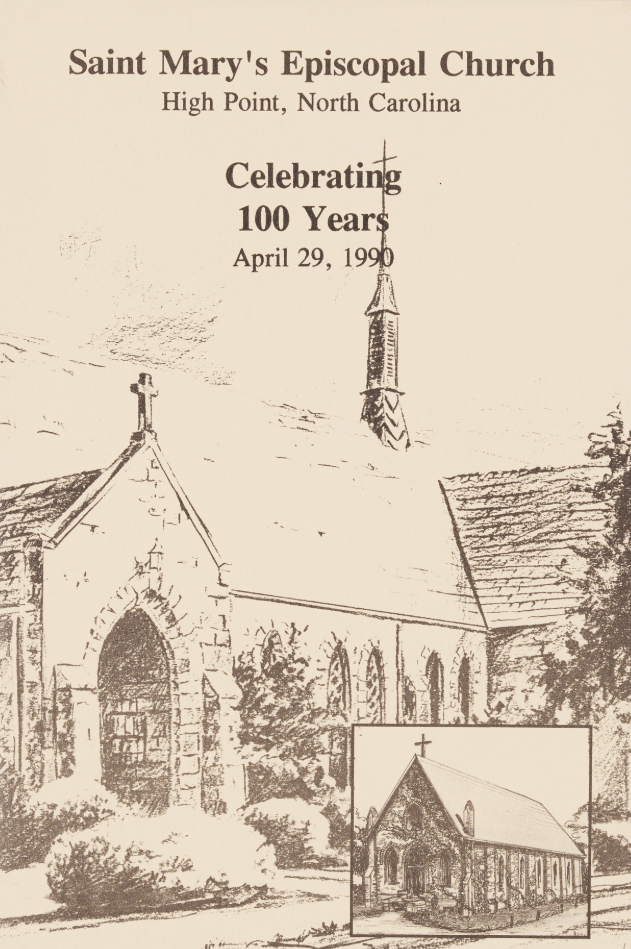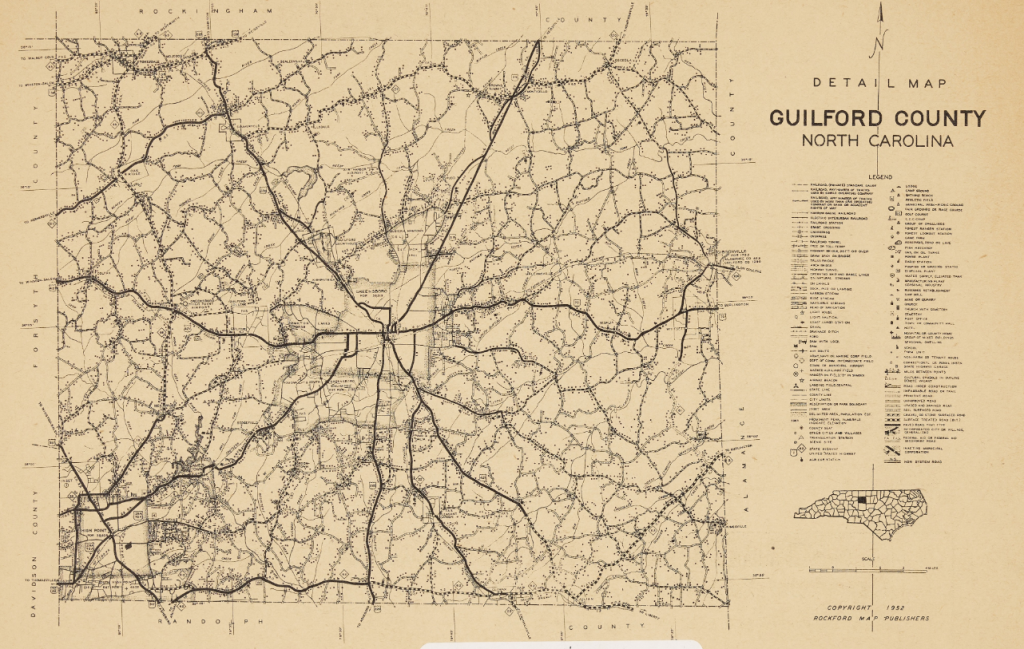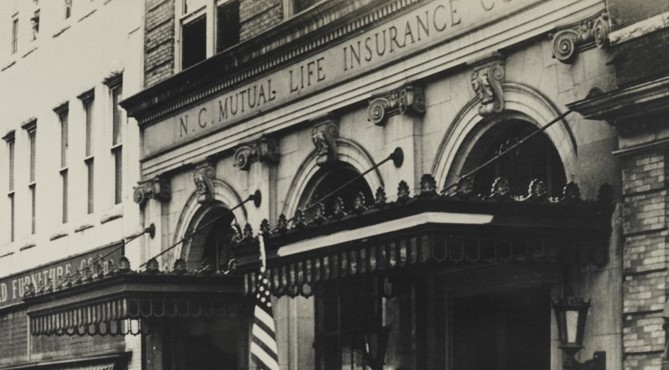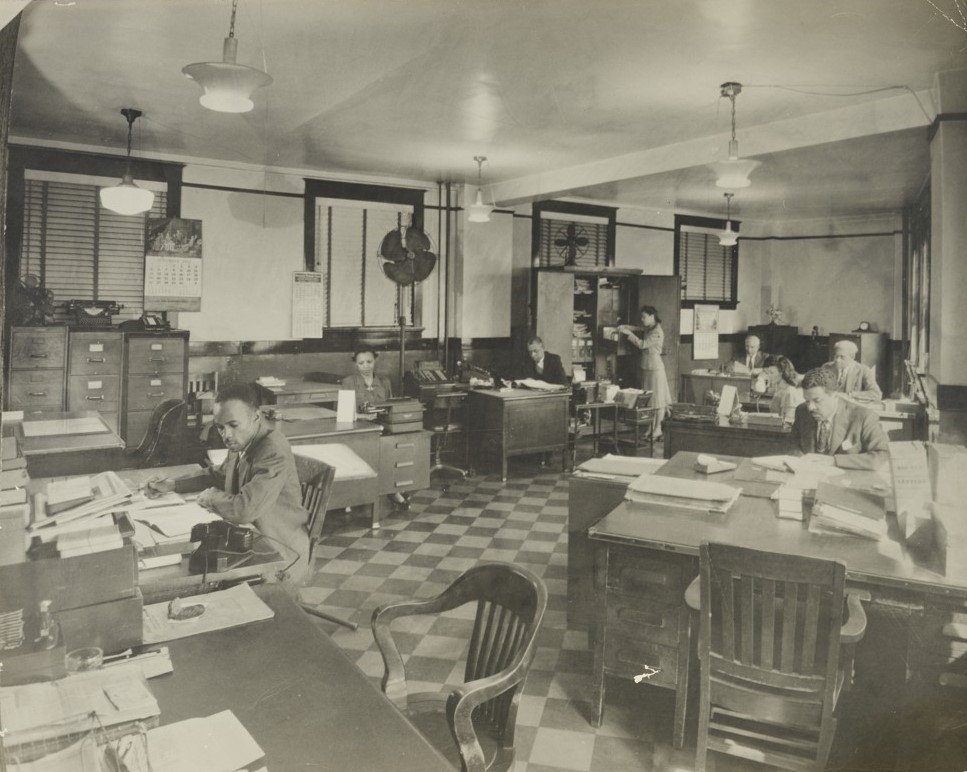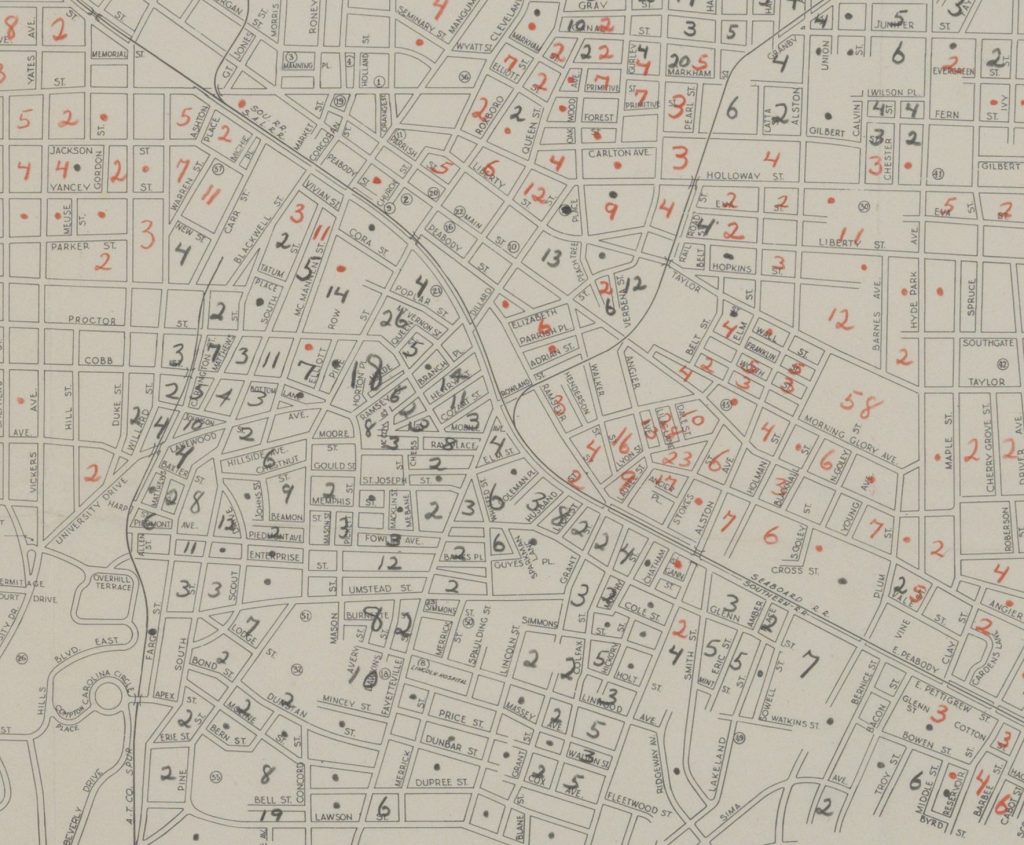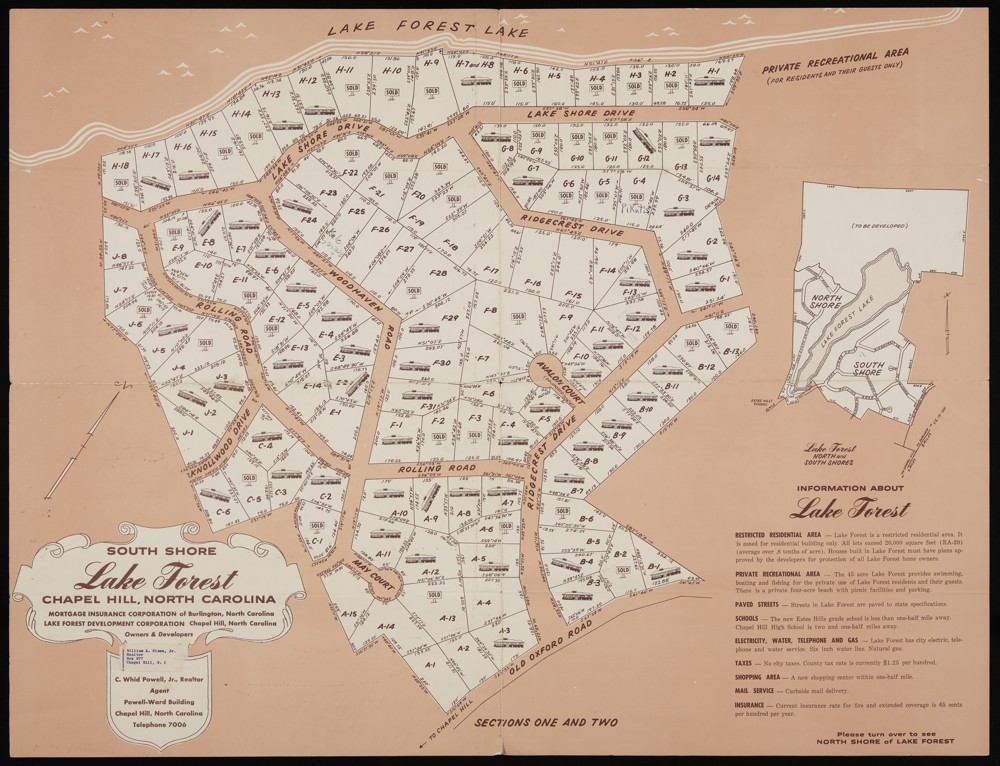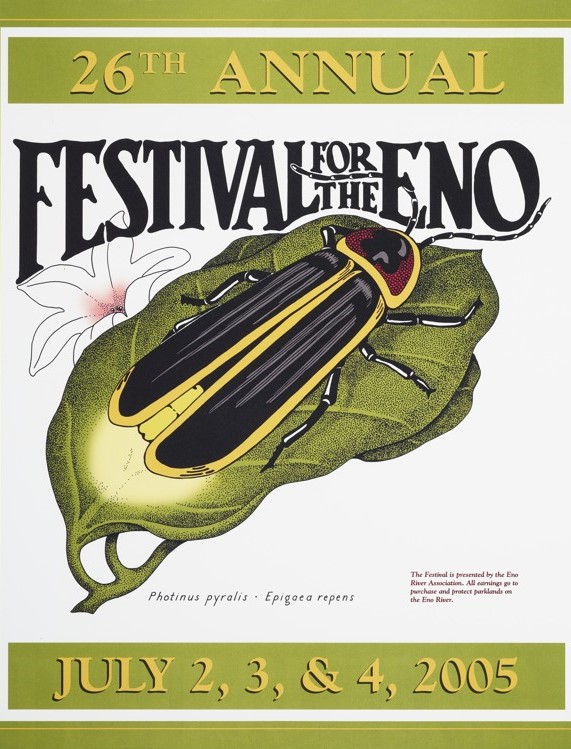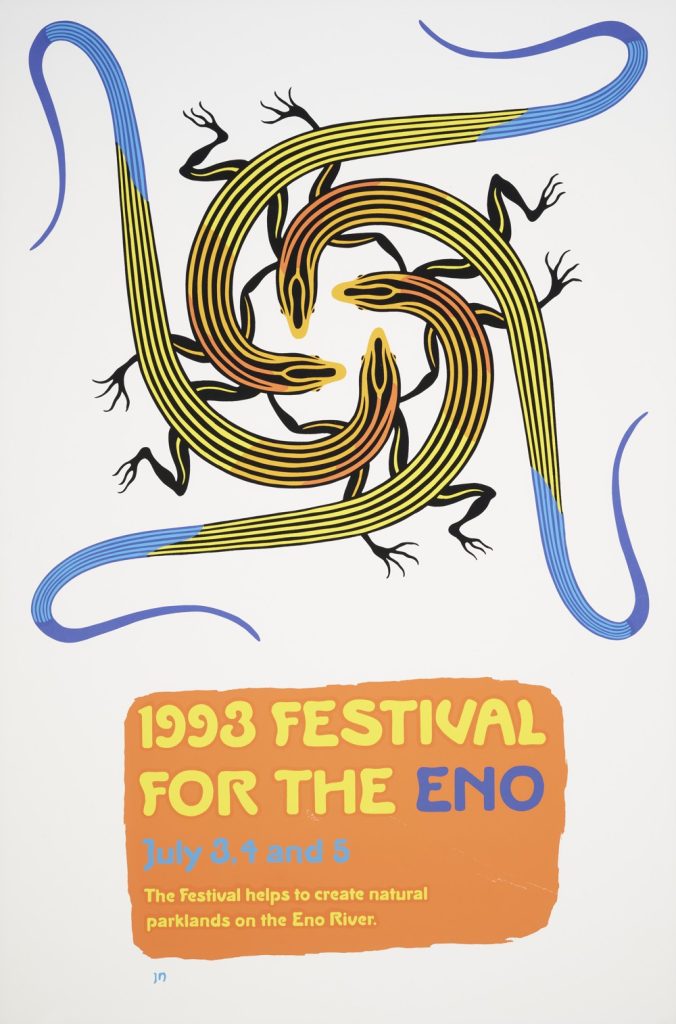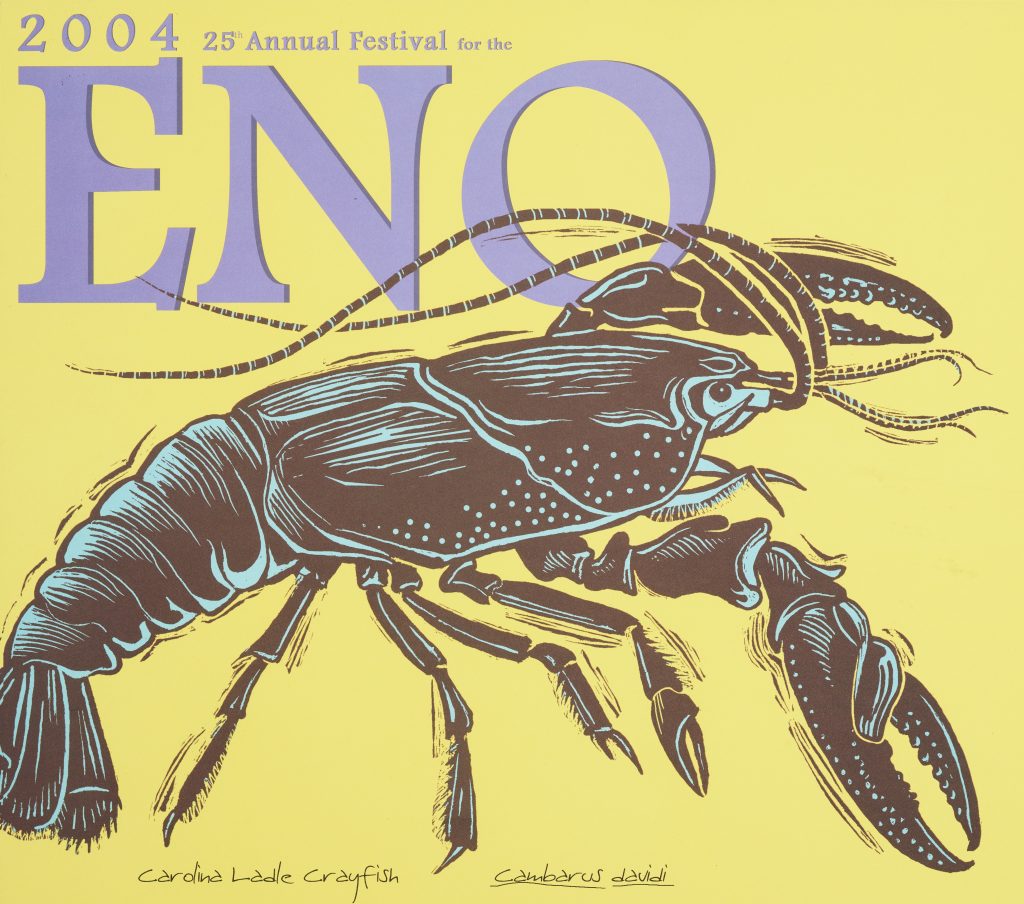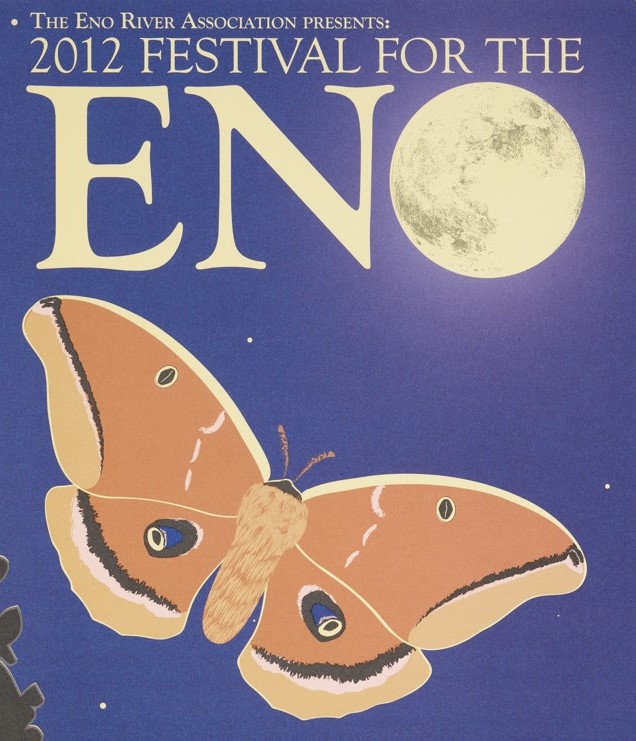With help from our partners at Friends of Hyde Countys Historic 1854 Courthouse, we are excited to announce dozens of blueprints related to Mattamuskeet Lodge are now available on DigitalNC! These seven sets of blueprints, mainly from around 1935 to 1940, chronicle an important chapter in the story of Lake Mattamuskeet and its historic lodge. Lake Mattamuskeet, located in Hyde County on the Albemarle-Pamlico Peninsula, is the largest natural lake in the state of North Carolina. The shallow coastal lake has been an important site of human development and resource for wildlife for centuries. Today, Lake Mattamuskeet stands as one of Hyde County’s finest gems, and its iconic lodge is an irreplaceable part of the community’s history and culture.
Mattamuskeet Lodge was originally built in 1914 as a pumping station intended to drain Lake Mattamuskeet and make its fertile lakebed farmable. While efforts to drain the lake throughout the nineteenth century had reduced its size, the 1914 project sought to completely drain it and establish successful farming towns in its place. Privately-funded, the resulting pumping station was the largest in the world at the time. Built upon four large pumps, the pumping station had the capacity to drain an estimated 1.2 million gallons per minute from the lake into the Pamlico Sound via connecting tunnels. From the construction of the pumping plant through the 1920s, Lake Mattamuskeet was completely drained three times. But as the Great Depression began and the cost to keep the lake drained became too costly, the pumping plant transferred ownership several times before both the pumping station and lake were sold to the federal government in 1933.
The blueprints that have been digitized by the North Carolina Digital Heritage Center are from shortly after the government purchased Lake Mattamuskeet and the pumping plant to create Mattamuskeet National Wildlife Refuge. The New Deal-era Civilian Conservation Core was tasked with converting the former pumping station into a hunting lodge that would be part of the new wildlife refuge. From 1934 to 1937 the pumping plant was quickly transformed into what would become a nationally-acclaimed hunting lodge. The subterranean facets of the plant, including the pumps and mechanical systems, where dismantled alongside other structures that had been built on the dried-up lakebed. The renovation resulted in a hunting lodge equipped with eighteen rooms, a lounge, and an expansive ballroom. More windows were added into the brick structure for viewing and the original 120 feet smoke stack was converted into the iconic striped observation tower that remains today.
The former pumping plant’s transformation into Mattamuskeet Lodge is documented extensively through DigitalNC’s newest records. The Alteration of Old Pumping Plant [1935] blueprint set contains eleven unique sheets that provide in-depth details of the project. Although Mattamuskeet Lodge was opened in 1937, an additional set of blueprints, Alteration of Old Pumping Plant [1940], marks revisions that were either made after the 1935 prints or revisions that would be made in future renovation projects. Beyond these DigitalNC visitors can also browse through more specialized blueprint sets such as drawings of the Observation Tower, plans for the Heating System [1935], and information about Electrical, Septic, Doors, and Radiators [1935].
Mattamuskeet Lodge provided hunters and visitors lodging for decades until hunting was stopped at the lake in 1974. While usually closed to the public, the lodge was occasionally used for events up until 2000. Since 2000, Mattamuskeet Lodge has been closed to the general public due to concerns over its structural integrity. Restoration projects have been on-and-off since 2006, and have included numerous organizers and funders. More recent endeavors have been spearhead by stakeholders at the county and state levels, as well as by community-based non-profits like the Mattamuskeet Lodge Society.
Although the next chapter of Mattamuskeet Lodge remains unwritten, these blueprints serve as reminders of the lodge’s enduring value through the numerous transformations and changes it has seen across its 111-year existence. What can be known for certain, however, is that Lake Mattamuskeet and Mattamuskeet Lodge have always been integral parts of Hyde County and will continue to serve as beacons of community history and identity for many more years to come.
More information about our partner, Friends of Hyde Countys Historic 1854 Courthouse, can be found on their Facebook page here.
More materials, including a report on the historic Hyde County 1854 Courthouse, brochures, and more, can be found on the Friends of Hyde Countys Historic 1854 Courthouse’s contributor page, which is linked here.

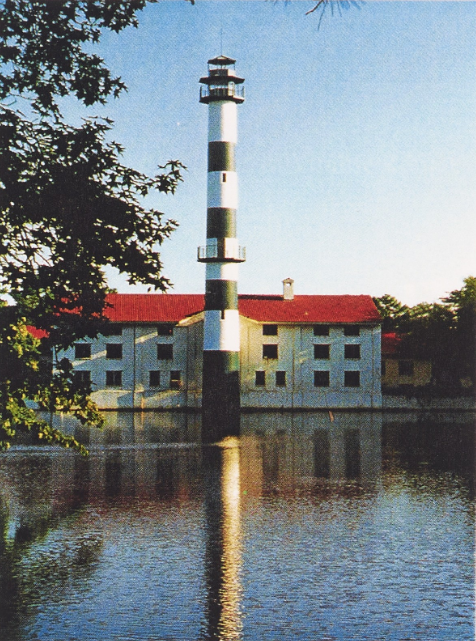
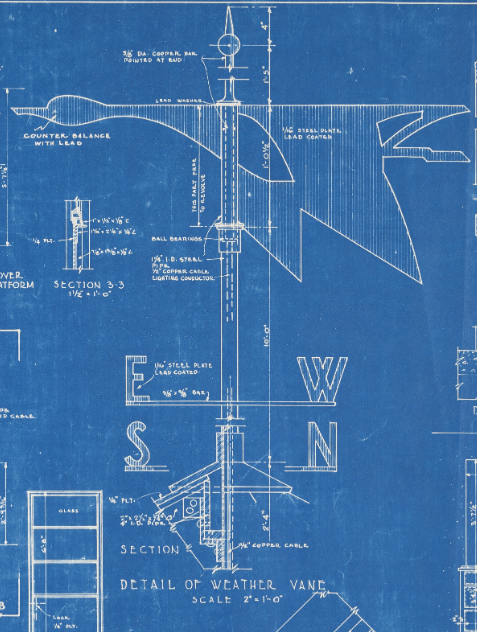
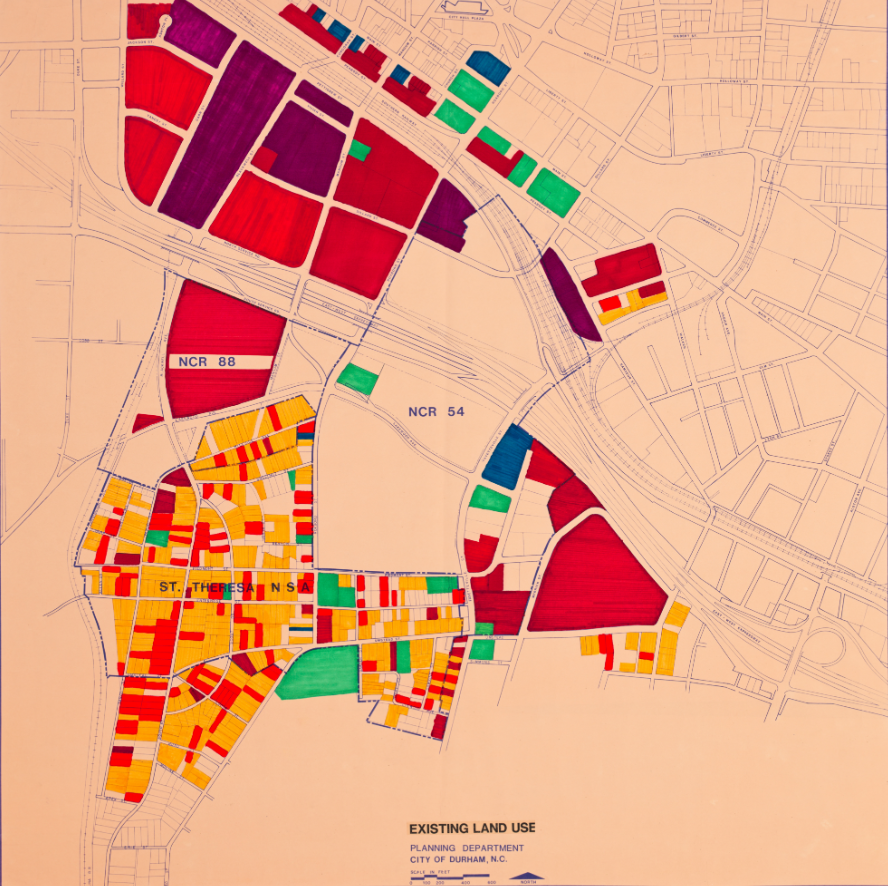
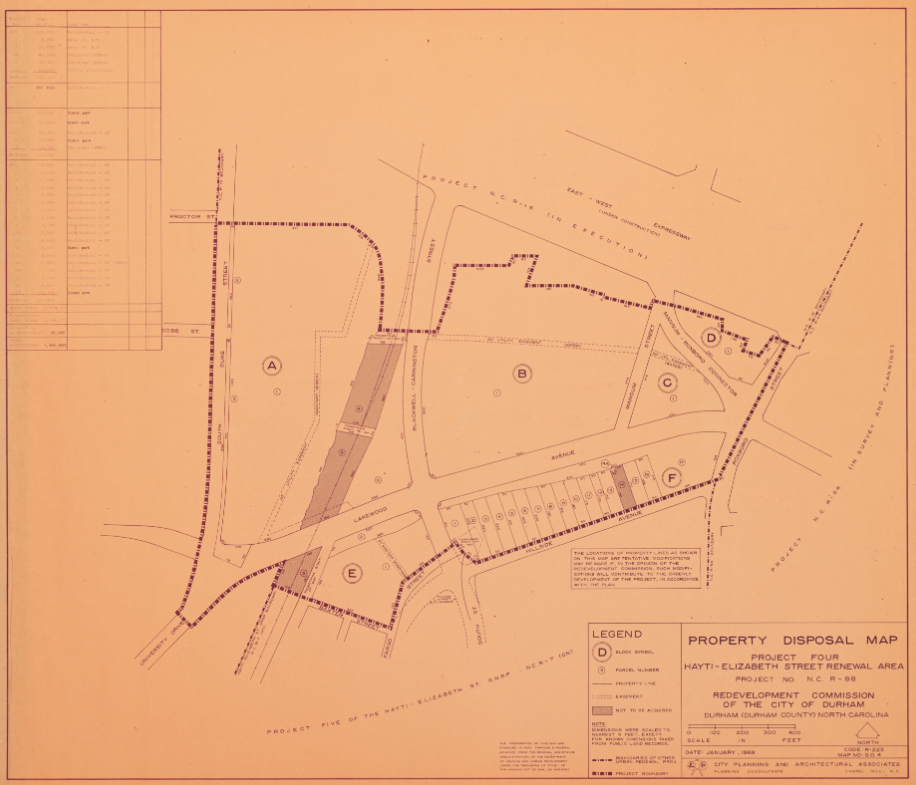
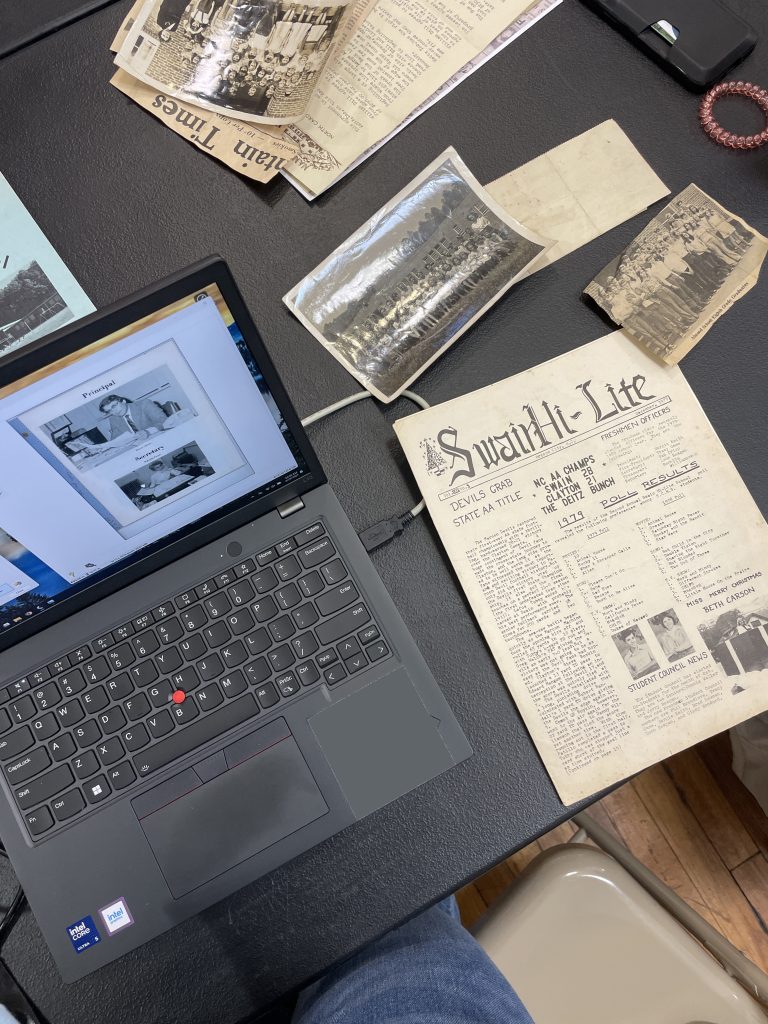
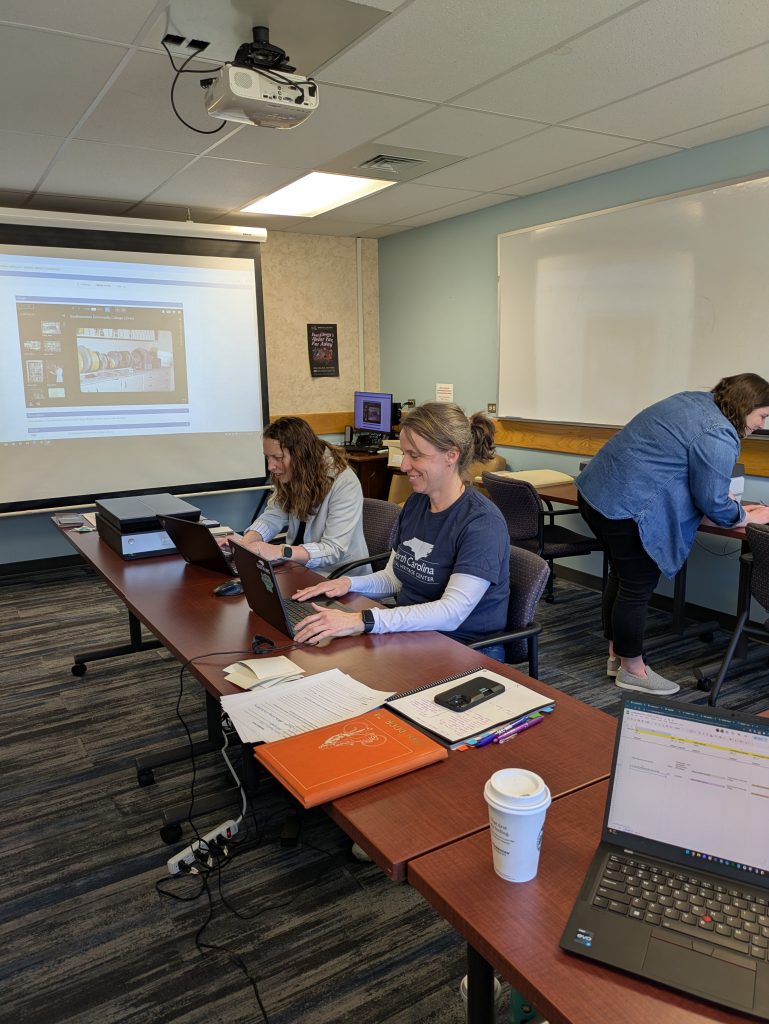
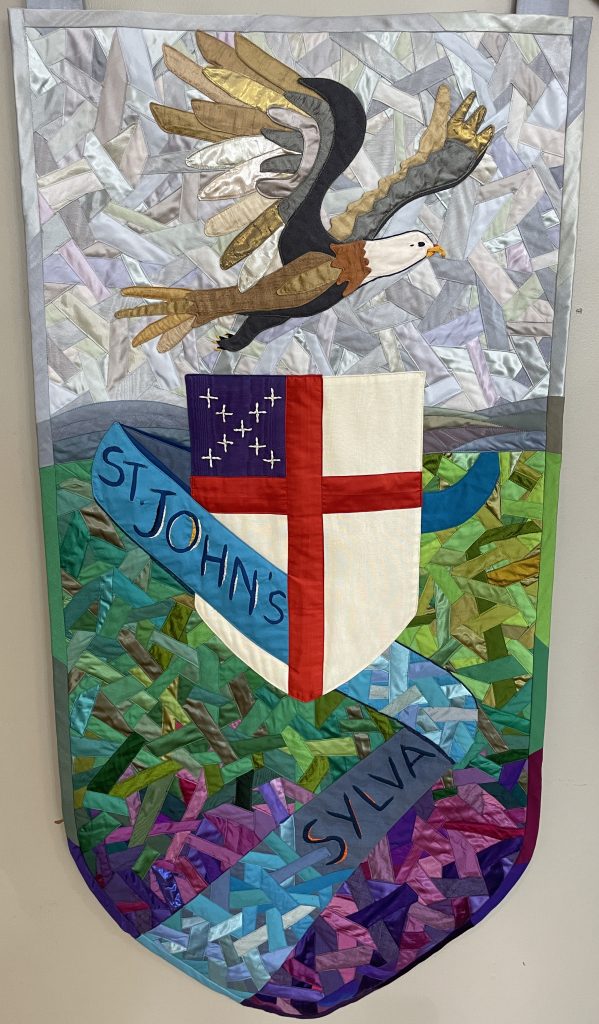
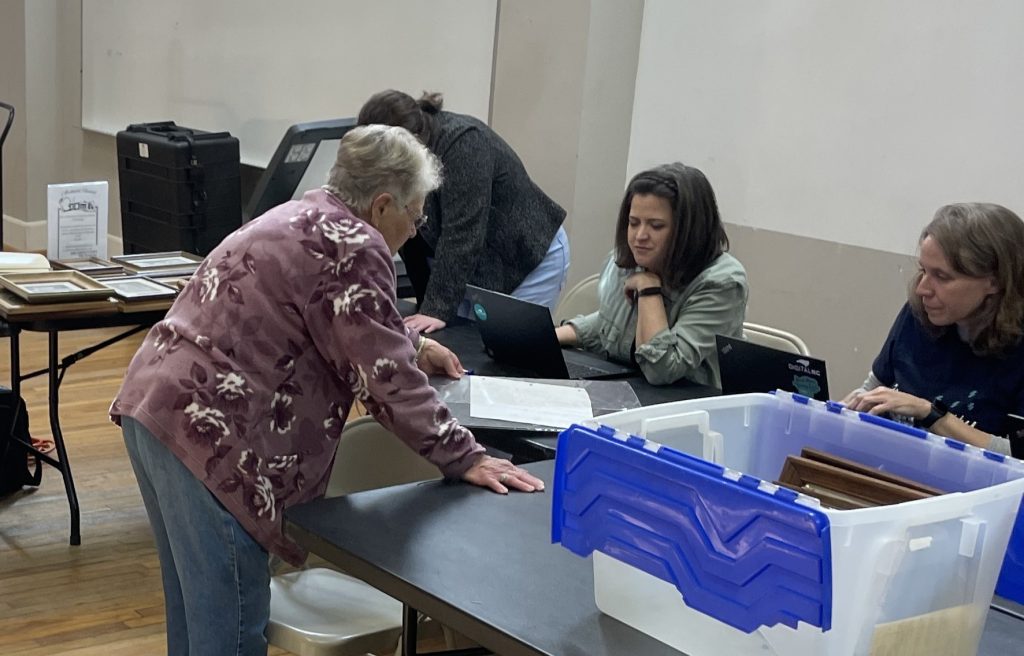

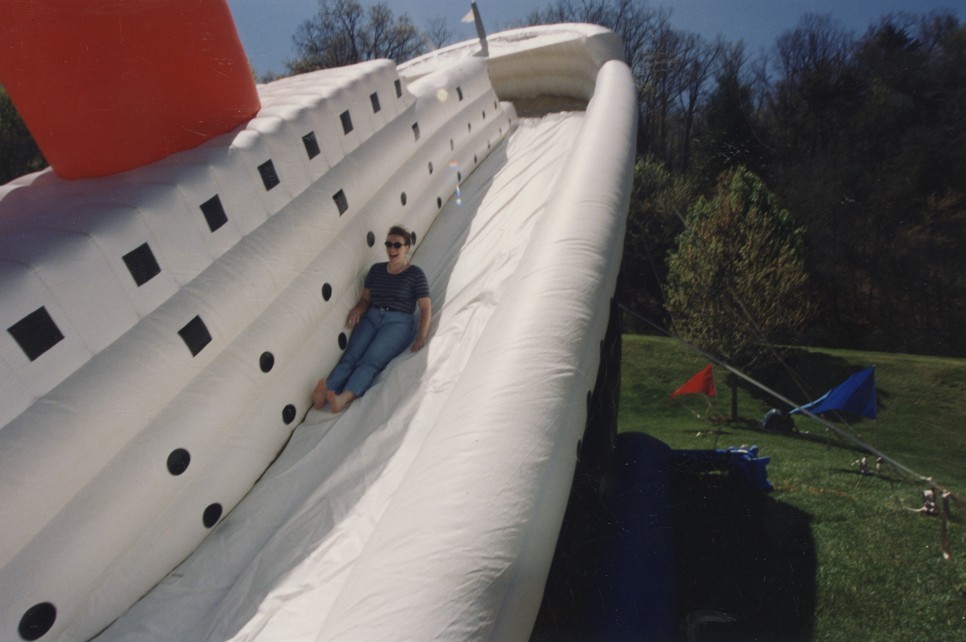
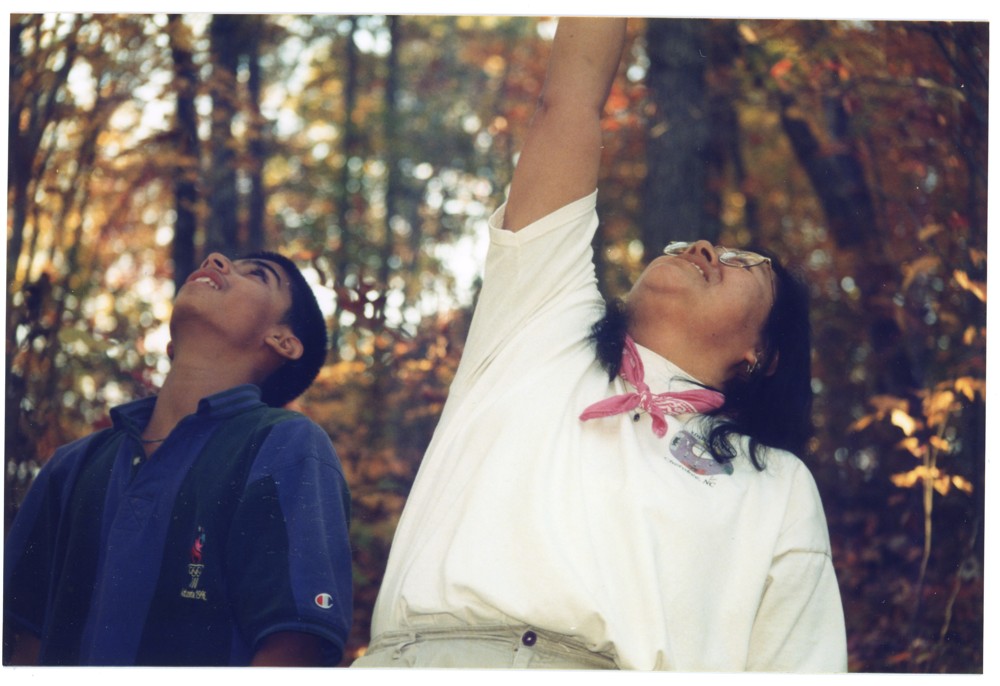
![The cover of the Lake Mattamuskeet, Hyde Mainland [1965-1966] guide book. The cover features a picture of a white lighthouse, framed by a tree branch. Additionally, the cover features light yellow text that reads "Lake Mattamuskeet, Hyde Mainland 1965-66. Ocracoke, Hyde Coast"](https://www.digitalnc.org/wp-content/uploads/2025/03/LakeMattamuskeet_1965-1966_0001-756x1024.jpg)

